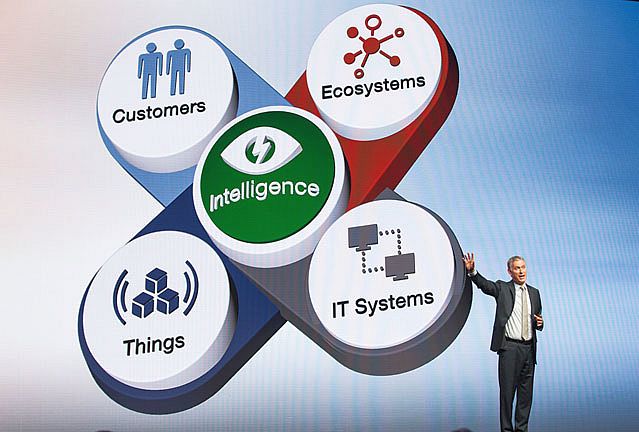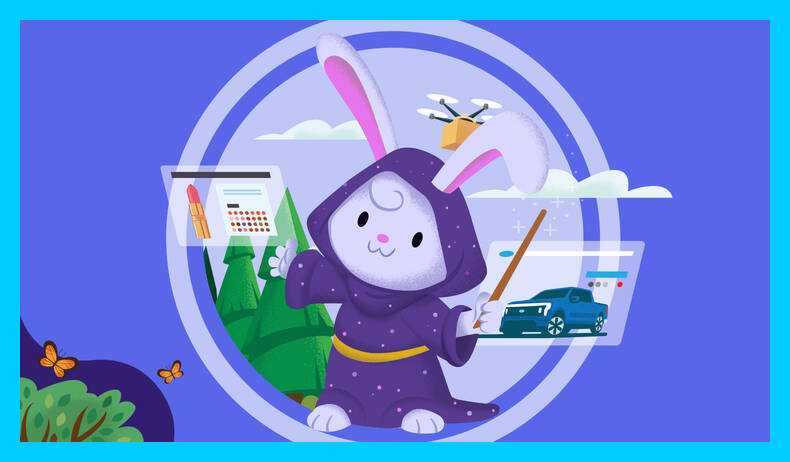Analysts Provide IT Spending Outlook for India during Gartner Symposium/ITxpo 2016, November 15-18, in Goa
Mumbai, India, 16th November, 2016 — Driven by growth in software and IT services revenue, IT spending in India is forecast to reach $72.4 billion in 2017, up 6.9 percent from 2016 estimated spending of $67.7 billion, according to the latest forecast by Gartner, Inc.
Gartner analysts are discussing the key IT and business issues that are driving the evolution of digital business this week during Gartner Symposium/ITxpo here through Friday. Analysts said the key vertical segments driving IT spending growth include the communications, media and services, banking and securities, manufacturing and utilities markets.
“’Make in India’ is set to boost the manufacturing sector, as well as make it easier to attract investment, and ‘Digital India’ is focused on creating digital infrastructure, digital delivery of services and increased digital literacy,” said Partha Iyengar, Gartner Fellow and head of research at Gartner India. “Software and IT services spending is projected to have the highest growth rates as companies work towards creating digital applications on which enterprise organizations’ digital business models are being built. Some leading edge organizations are already starting to extend that journey to the beginnings of algorithmic business.”
Software spending is projected to grow 7.3 percent in 2016, and it will grow another 12.8 percent in 2017 to total $5 billion (see Table 1). IT services spending is on pace to grow 8.5 percent in 2016 to reach $11 billion, and increase 13.5 percent in 2017 to reach $12.5 billion.
Table 1. India IT Spending Forecast (Millions of U.S. Dollars)
| 2016 Spending | 2016 Growth (%) | 2017 Spending | 2017 Growth (%) | |
| Data Center Systems | 2,888 | -0.7 | 3,027 | 4.8 |
| Software | 4,493 | 7.3 | 5,070 | 12.8 |
| Devices | 19,748 | -9.5 | 21,417 | 8.5 |
| IT Services | 10,994 | 8.5 | 12,477 | 13.5 |
| Communications Services | 29,620 | -0.6 | 30,444 | 2.8 |
| Overall IT | 67,744 | -1.6 | 72,436 | 6.9 |
Source: Gartner (October 2016)
CIOs will participate in the building of a new digital platform with intelligence at the center. That platform will enable ecosystems, connecting businesses and collapsing industries. Gartner analysts said it will change society itself, and the way people live.
The new digital platform consists of five domains: traditional IT systems, customer experience, The Internet of Things (IoT), an ecosystem foundation and the intelligence platform that ties all the domains together.
“Each of these domains are interconnected and interdependent. All have a role, and all are required,” said Peter Sondergaard, senior vice president and global head of Research. “Your new digital platform will allow you to participate in the evolving world of business, government, and consumer ecosystems. Because ecosystems are the next evolution for digital. It’s how you compete at scale.”
Further insight into the five elements of the new digital platform include:
Traditional core IT systems. This is how CIOs run and scale operations. It’s building on what’s already been built. It’s taking high performing traditional IT systems (such as the data centers and networks) and modernizing them to be part of the digital platform.
For example, leading organizations are halfway through the transition to the cloud. It started with Sales and Marketing, and now half of sales-support capabilities are in the cloud. This migration will continue through the end of the decade into functions such as HR, procurement and financial management.
“You now need to make cloud, mobile, social and data your core capabilities while investing in resilience, business continuity and disaster recover, insight and outside in a hybrid approach,” Mr. Sondergaard said.
Customer experience. This is how CIOs connect and engage in new ways. The digital customer experience may be the only one that the customers have. This is how the business engages in the digital world. The pioneers are exploring how new experiences such as virtual and augmented reality will change the way customers engage.
“In the world of chatbots and virtual personal assistants (VPAs), your mobile apps, and even your web presence, will be much less relevant,” Mr. Iyengar said. “The new competitive differentiator is understanding the customer’s intent through advanced algorithms and artificial intelligence. Creating new experiences that solve problems customers didn’t realize they had.”
The Internet of Things (IoT). This is how the organization senses and acts in the physical world. Adding devices to the IoT domain is the easy part. Processes, workflows, and data integration are much harder. In fact, two-third of organizations have had to rework their existing IT systems to accommodate IoT.
IoT also changes how CIOs should invest in analytics because decisions must move from days to minutes to instant. CIOs should plan to shift their investments in analytics to real-time. Real-time analytics will outpace traditional analytics by a factor of three by 2020 to become 30 percent of the market.
Intelligence. This is how the systems analyze, learn and decide independently. CIOs start with traditional data management, data science and data intelligence. Algorithms determine the action. The new type of intelligence, driven by machine learning is artificial intelligence.
“We are building machines that learn from experience and produce outcomes their designers did not explicitly envision. Systems that can experience and adapt to the world via the data they collect,” Mr. Sondergaard said. “Machine learning and artificial intelligence move at the speed of data, not at the speed of code releases. Information is the new code base.”
Ecosystem Foundation. This is how the enterprise interacts as an institution in the digital world. Ecosystems go beyond the capability to decide, CIOs need to build the capability to interact with customers, partners, adjacent industries, even your competitors. The ecosystems allow for the transformation from traditional business with linear value supply chains to networked digital ecosystem businesses.
“Many industry models will transform with digital ecosystems. Moving from simple relationships run by intermediaries toward distributed partnerships possibly managed by a shared distributed ledger system likeblockchain,” Mr. Iyengar said. “Building a strong ecosystem will help you manage these dynamic interactions. Ecosystems are the future of digital.”
Gartner’s IT spending forecast methodology relies heavily on rigorous analysis of sales by thousands of vendors across the entire range of IT products and services. Gartner uses primary research techniques, complemented by secondary research sources, to build a comprehensive database of market size data on which to base its forecast.
The Gartner quarterly IT spending forecast delivers a unique perspective on IT spending across hardware, software, IT services and telecommunications segments. These reports help Gartner clients understand market opportunities and challenges. The most recent IT spending forecast research is available at “Gartner Worldwide Spending Forecast.” This Quarterly IT Spending Forecast page includes links to the latest IT spending reports, webinars, blog posts and press releases.
About Gartner Symposium/ITxpo
Gartner Symposium/ITxpo is the world’s most important gathering of CIOs and senior IT leaders, uniting a global community of CIOs with the tools and strategies to help them lead the next generation of IT and achieve business outcomes. More than 23,000 CIOs, senior business and IT leaders worldwide will gather for the insights they need to ensure that their IT initiatives are key contributors to, and drivers of, their enterprise’s success.
PRESS RELEASE










